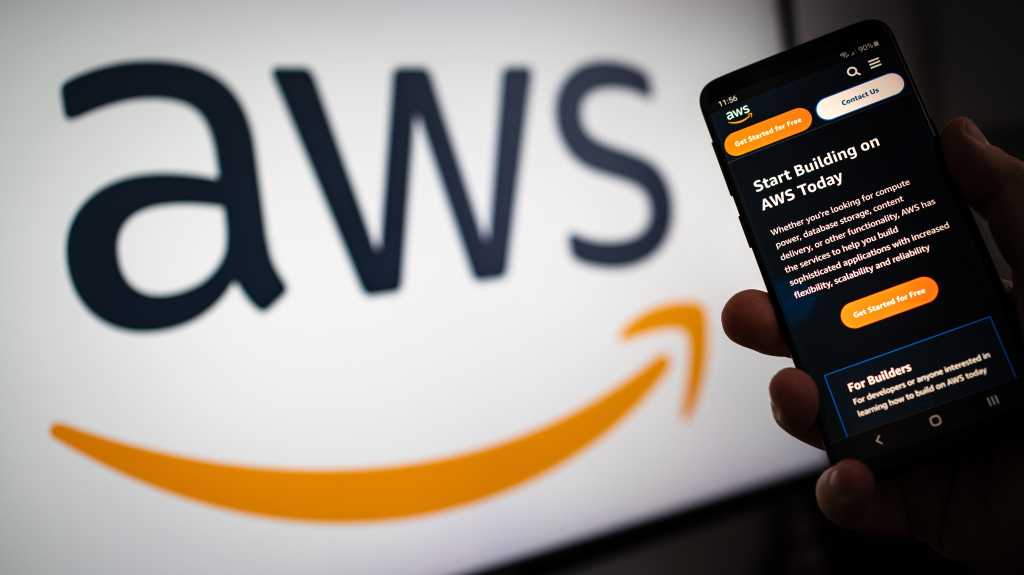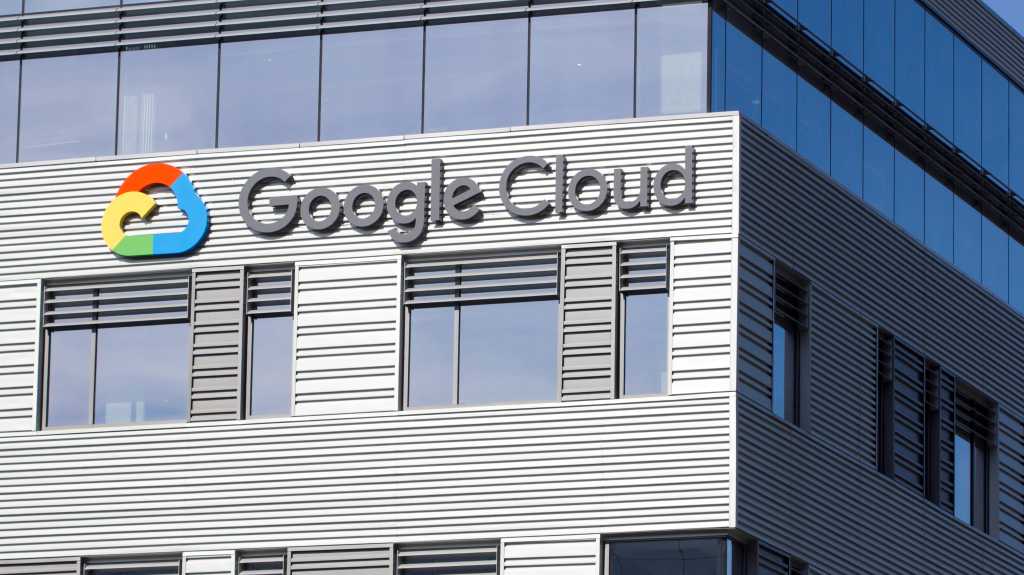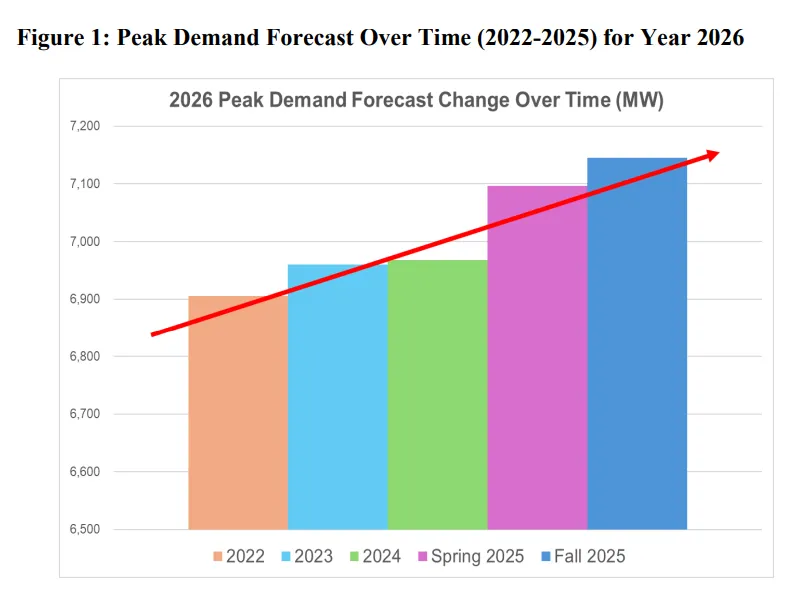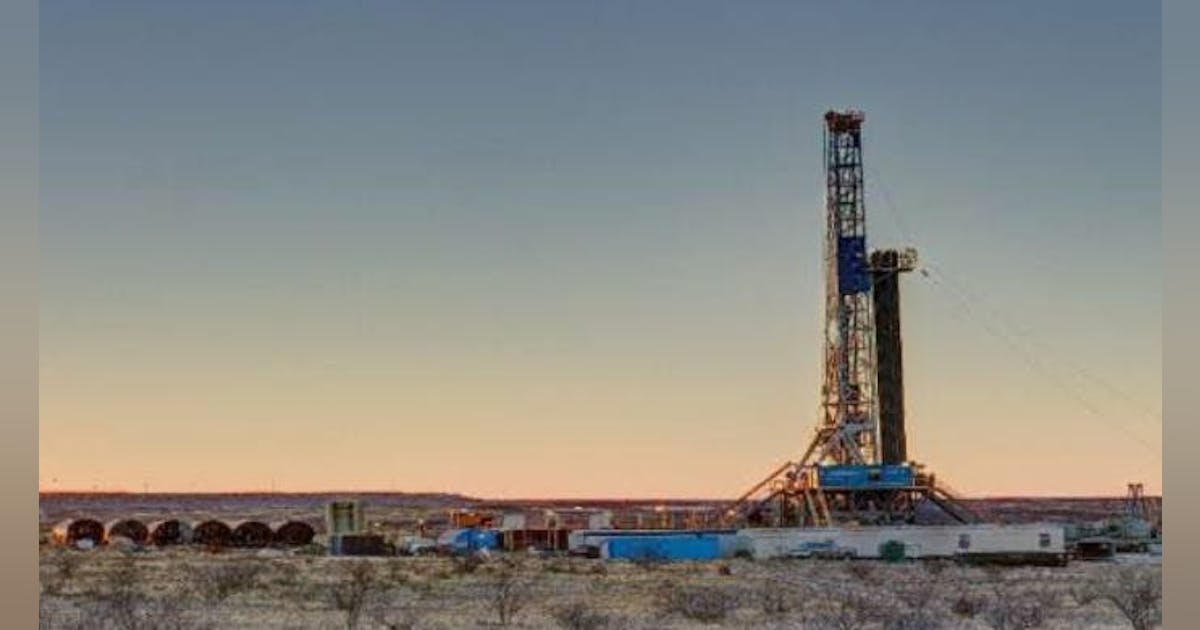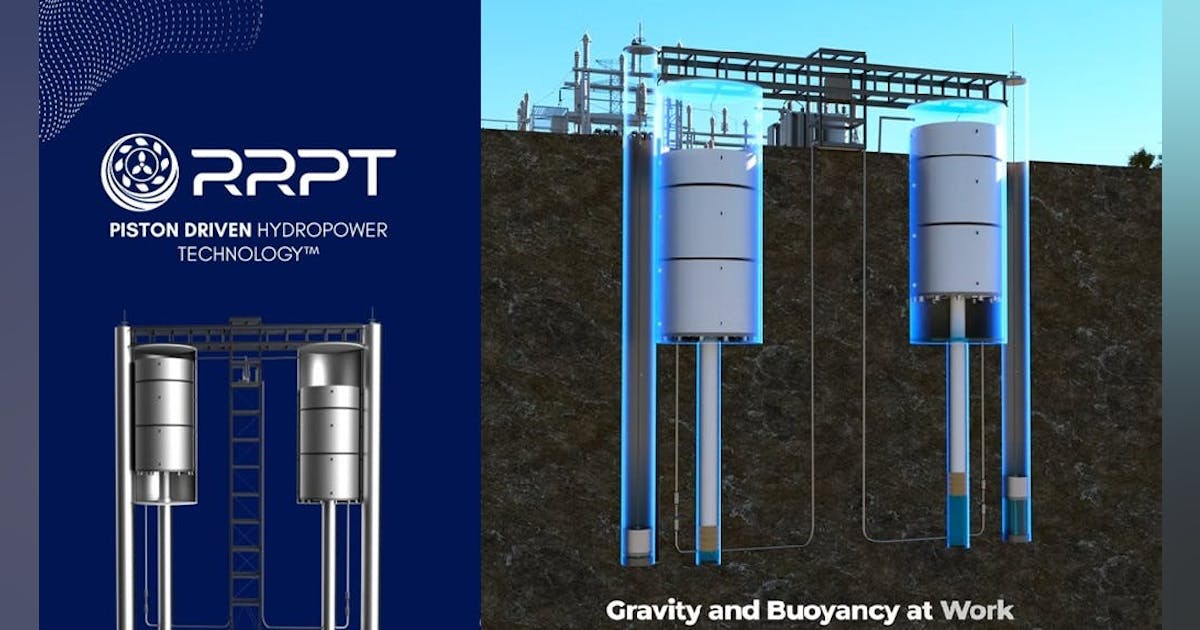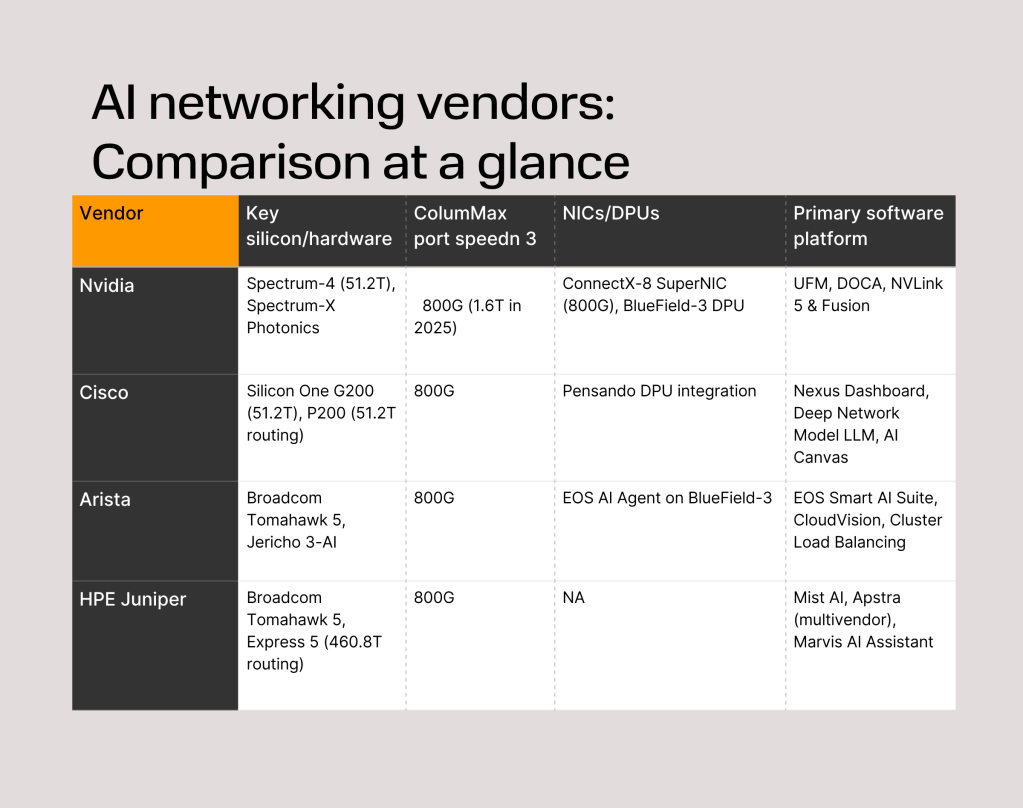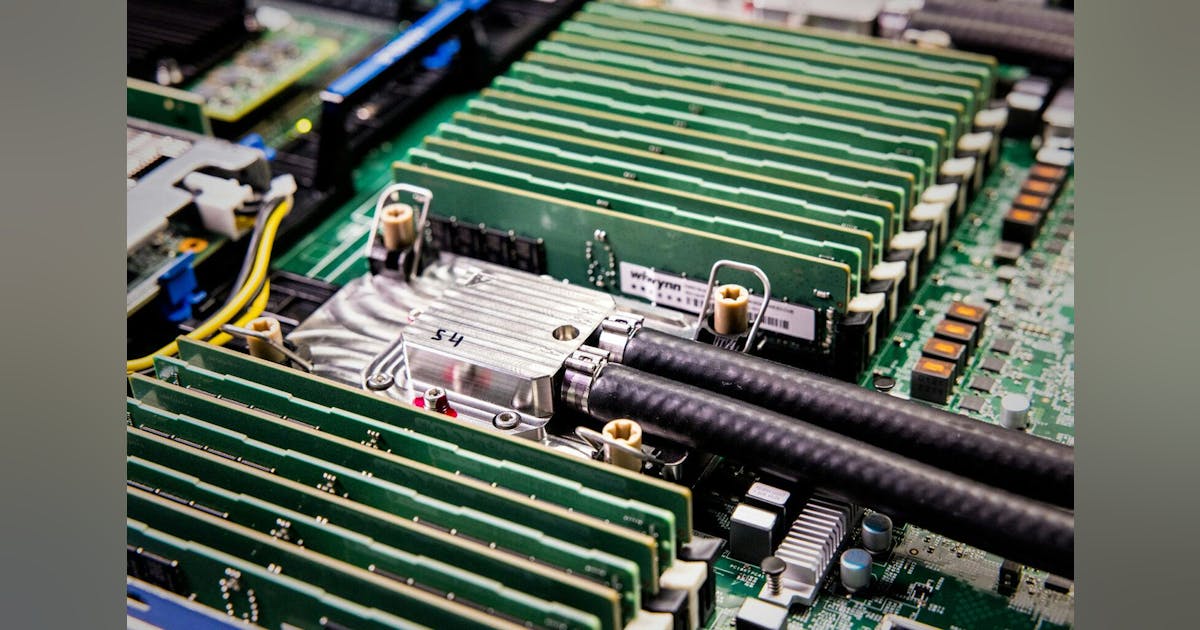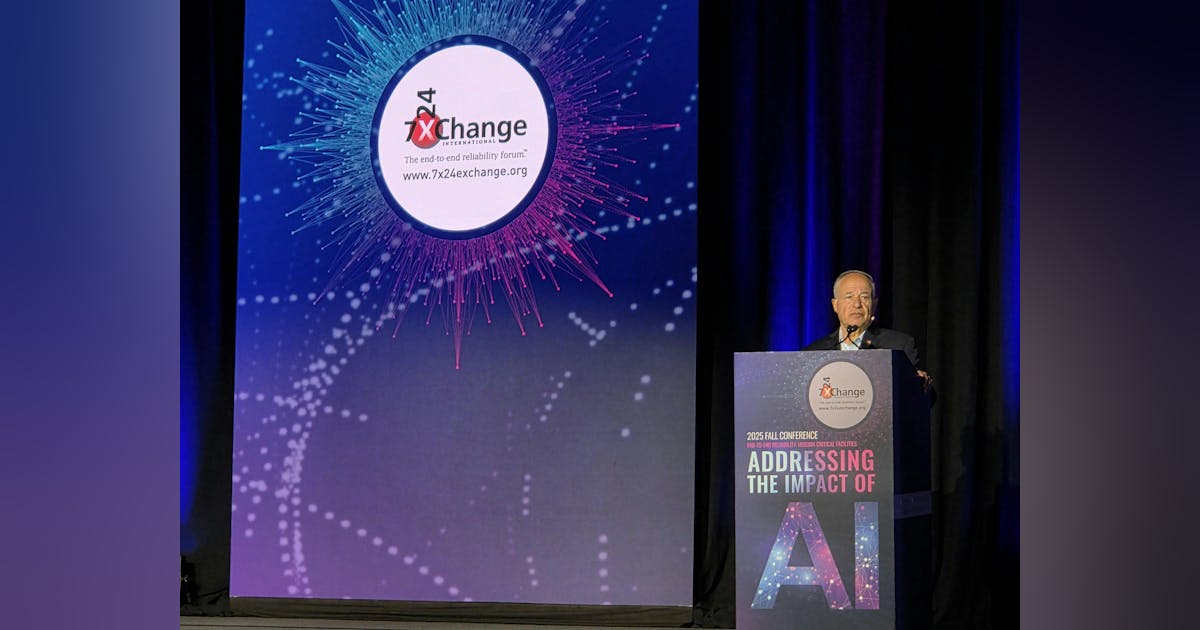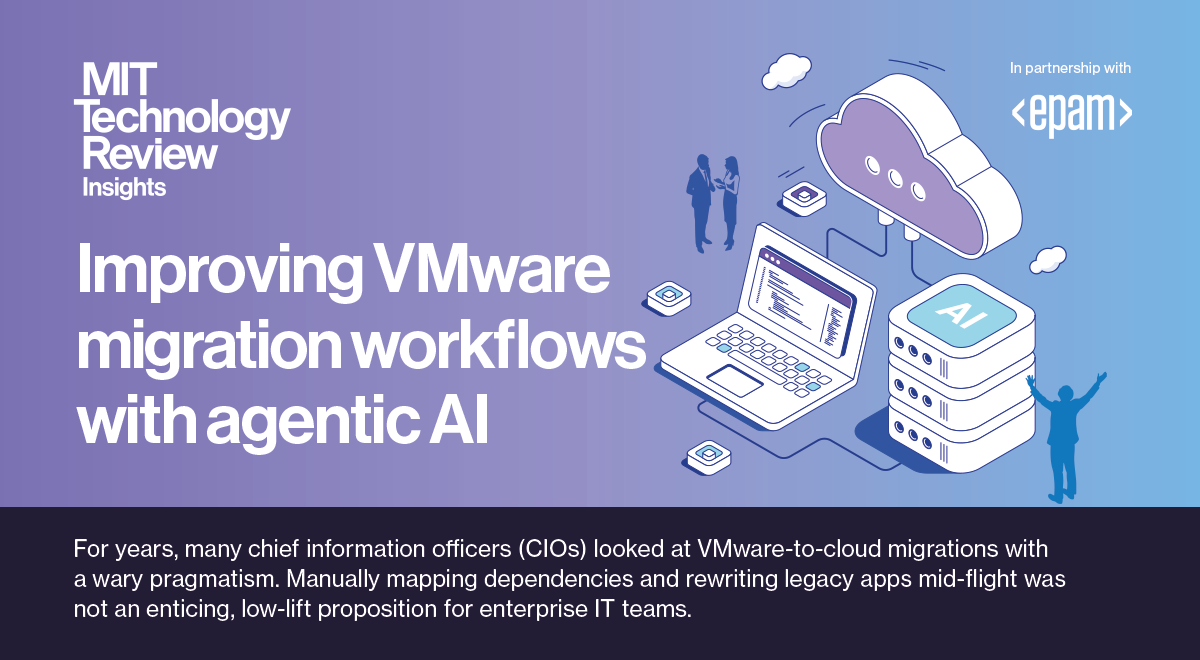
Saudi Arabian Oil Co. on Monday signed 145 deals totaling about $9 billion as part of the oil giant’s In-Kingdom Total Value Add (iktva) program.
“The agreements and MoUs [memorandums of understanding] are expected to advance the localization of goods and services in Saudi Arabia, boosting local content in the supply chain and fostering collaboration”, Aramco said in an online statement.
The agreements were inked at the launch of iktva Forum & Exhibition 2025, where Aramco also announced the start of operation of ASMO. It is a procurement and logistics services hub built as a joint venture with DHL Group. The Riyadh project, announced February 5, 2024, caters to the Middle East and North Africa.
Aramco also inaugurated the Novel Non-Metallic Solutions facility at King Salman Energy Park and the NMDC Offshore fabrication yard at Ras Al Khair. Novel is a joint venture with Baker Hughes Co. formed to develop and commercialize composite products. The NMDC fabrication yard will serve maritime engineering, equipment, material manufacturing and fabrication services, Aramco said.
“Since its launch in 2015, iktva has set new standards by creating best-in-class infrastructure, streamlining business processes, creating new opportunities, and building a world-class supply chain”, said Wail A Al Jaafari, Aramco executive vice president for technical services. “The program is actively driving domestic value creation and maximizing economic growth and diversification.
“iktva is a top priority in Aramco’s long-term planning, as we seek to build on the company’s already high levels of resilience”.
Aramco said it has identified 210 “localization opportunities” across 12 sectors, estimating the annual market size to be $28 billion.
The iktva program has so far helped establish 350 manufacturing facilities with a total capital expenditure of over $9 billion. These facilities span sectors such as chemicals, non-metallics, information technology, electrical and instrumentation, static and rotating equipment, and drilling and fire protections systems, Aramco said.
Investments from iktva have so far enabled the production of 47 products for the first time in the kingdom, according to Aramco.
Global energy engineering and tech companies Baker Hughes, Halliburton and SLB received awards at the event for their iktva contributions.
Last year Aramco awarded contracts worth a combined $25 billion for expansion, drilling and capacity maintenance projects for its natural gas assets.
The awards “progress its strategic gas expansion, which targets sales gas production growth of more than 60 percent by 2030, compared to 2021 levels”, Aramco said in a press release June 30, 2024.
To contact the author, email [email protected]
What do you think? We’d love to hear from you, join the conversation on the
Rigzone Energy Network.
The Rigzone Energy Network is a new social experience created for you and all energy professionals to Speak Up about our industry, share knowledge, connect with peers and industry insiders and engage in a professional community that will empower your career in energy.
MORE FROM THIS AUTHOR


